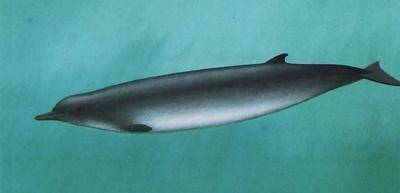
Shepherd's beaked whale, scientific name Tasmacetus shepherdi, foreign name Shepherd's Beaked Whale, is a little-known cetacean, with only about 20 stranding incidents and a few possible sightings. Increasing research in the Southern Hemisphere may find more specimens, but the evidence shows...
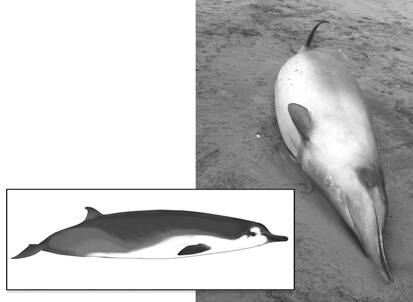
Spade-toothed whale (Mesoplodon traversii), foreign media reported that scientists discovered the world's rarest whale for the first time in New Zealand. In December 2010, two spade-toothed beaked whales, a mother and her calf, were found stranded on Opape Beach on New Zealand's North Island...

Stejneger's Beaked Whale, scientific name Mesoplodon stejnegeri, foreign name Stejneger's Beaked Whale, is not easy to see at sea, and it is rare to see it alive. Maybe it is rare, but it may just live in an area where few people study it and avoid people's attention. Small groups someti...
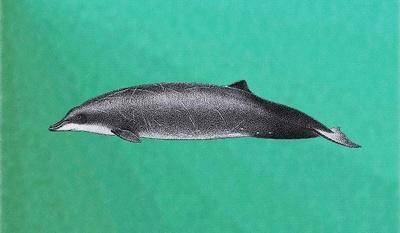
The Peruvian Beaked Whale is the smallest of the Mesoplodon peruvianus. The relevant information is only obtained from 13 specimens and a few possible sightings at sea. Scientists noticed their existence after part of a strange head was found in a fish market in San Andres, Peru in 1976; the head wa...
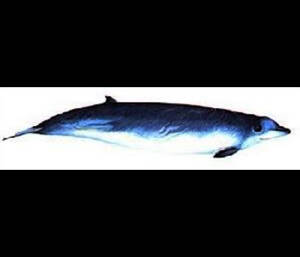
True's Beaked Whale has never been identified at sea, so nothing is known about its behavior; the lack of confirmed sightings may simply reflect the difficulty of identification at sea. Scrapes and scars on the back and sides indicate that males fight with each other. Deep dives may be possible....
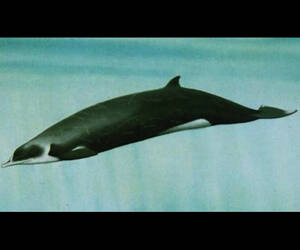
Mesoplodon layardii, also known as Strap-toothed Whale, is the largest of the beaked whales and one of the few that can be identified in the sea. Rare in the wild; in calm, sunny weather, they may surface to bask in the sun; usually difficult to approach, especially by large ships. When they start d...
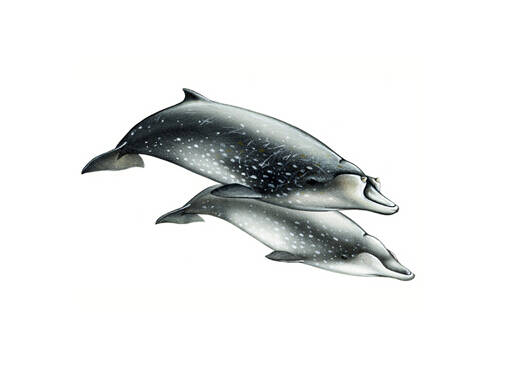
Hector's Beaked Whale was first discovered in 1866, but until 1975, there were only 7 decaying specimens, all in the Southern Hemisphere. The first identifiable male whale was found in 1978; there are now more than 20 specimens, 4 of which are stranded in California, USA, indicating that the dis...
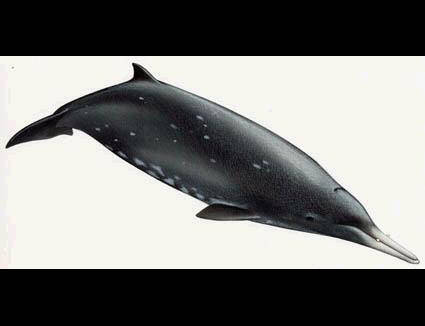
Gray's Beaked Whale's scientific name is Mesoplodon grayi, and its foreign name is Gray's Beaked Whale. Limited sightings show that they may be more conspicuous than other beaked whales on the sea surface, seem to be more active, and live in large groups. Gray's Beaked Whales have be...
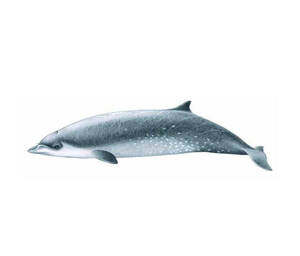
Ginkgo-toothed beaked whale (scientific name: Mesoplodon ginkgodens) is called ginkgo-toothed beaked whale in foreign language, and has no subspecies.Nothing is known about the behavior of the ginkgo-toothed beaked whale, and it should be very cautious by nature. It may appear in small groups. Male...
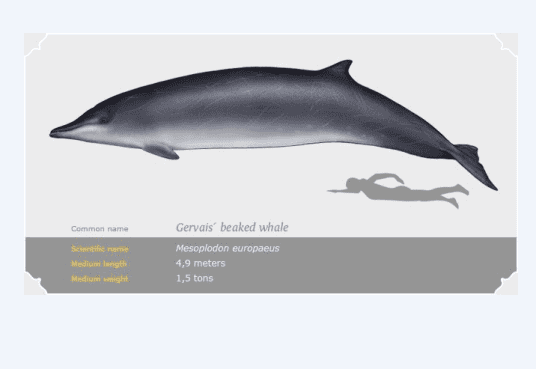
Gervais's beaked whale was first recorded in the 1840s as a specimen floating in the English Channel (hence its name Mesopolodon europaeus), but no new discoveries have been made in northern Europe since then. Behavior in the wild remains speculative. The lack of sightings even in the most exten...
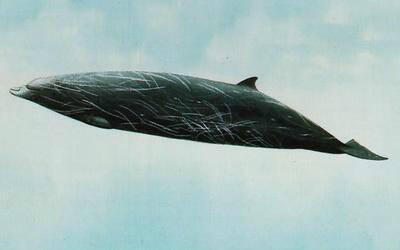
Hubbs' Beaked Whale has only one possible sighting, and very little is known about its behavior. Obvious scars indicate that males fight very fiercely. It should be shy and cautious like other beaked whales of the genus Mesoplodon. It is believed that it will stick its head out of the water when...
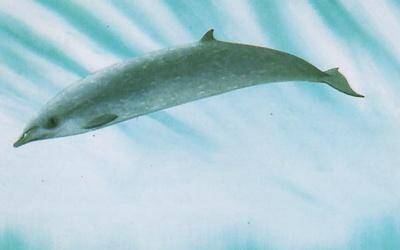
Sowerby's Beaked Whale, scientific name Mesoplodon bidens, foreign name Sowerby's Beaked Whale, is the earliest discovered beaked whale.Very little information is available. In 1800, one stranded in the Moray Firth in Scotland; four years later, the British watercolorist James Sowerby descri...
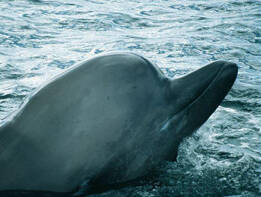
The scientific name of the Southern Bottlenose Whale is Hyperoodon planifrons, and its foreign name is Southern Bottlenose Whale. It feeds exclusively on squid and cuttlefish. The contents of its stomach are almost entirely cephalopod beak residues. Some squid from the Antarctic and Subantarctic wat...
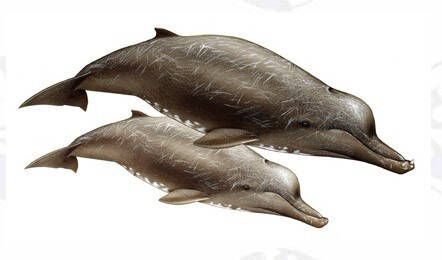
Arnoux's Beaked Whale, scientific name Arnoux's Beaked Whale, is usually easily frightened and difficult to observe, and it is quite difficult to identify it on the sea surface. It seems to be gregarious, and is generally observed in groups close to each other, with a number of less than 10,...